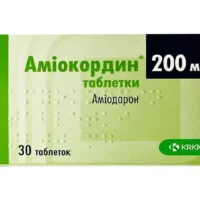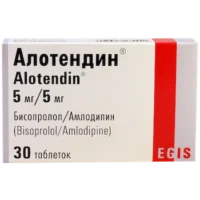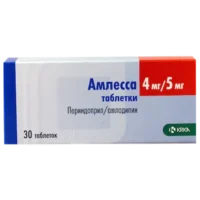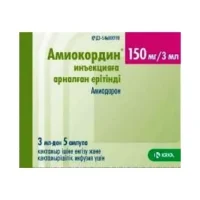Description
Nalbufin (nalbuphine hydrochloride) Ampoules 10 mg/ml. 2 ml. №5
Ingredients:
- Each ampoule contains 10 mg of nalbuphine hydrochloride.
Dosage:
- The recommended dosage is determined by a healthcare provider based on individual needs.
- Nalbufin is typically administered via intramuscular or intravenous injection.
Indications:
- Nalbufin is indicated for the relief of moderate to severe pain.
- Commonly used in postoperative settings, labor and delivery, and chronic pain management.
Contraindications:
- Do not use Nalbufin in patients with a known hypersensitivity to nalbuphine hydrochloride or in those with respiratory depression.
- Caution is advised in patients with a history of substance abuse.
Directions:
- Administer Nalbufin as directed by a healthcare professional.
- The injection should be given slowly to minimize the risk of adverse effects.
Scientific Evidence:
Nalbufin, a mixed opioid agonist-antagonist, provides effective pain relief with a lower risk of respiratory depression compared to pure opioid agonists. Studies have shown its efficacy in various pain conditions, making it a valuable option in pain management protocols.
Additional Information:
- Nalbufin’s unique pharmacological profile allows for effective pain control while reducing the potential for abuse and dependence seen with traditional opioids.
- Clinical trials have demonstrated its efficacy in providing analgesia comparable to morphine but with a more favorable side effect profile.
Pharmacological Effects: Nalbufin acts as a kappa-opioid receptor agonist and a mu-opioid receptor antagonist, producing analgesia through multiple mechanisms. Its dual action results in a ceiling effect on respiratory depression, making it a safer option in patients at risk for opioid-related complications.
Comparative Effectiveness: In comparative studies, Nalbufin has shown similar analgesic efficacy to morphine in acute pain settings while causing less sedation and respiratory depression. Its unique pharmacodynamic profile makes it a valuable alternative in pain management, especially in patients with respiratory compromise.





